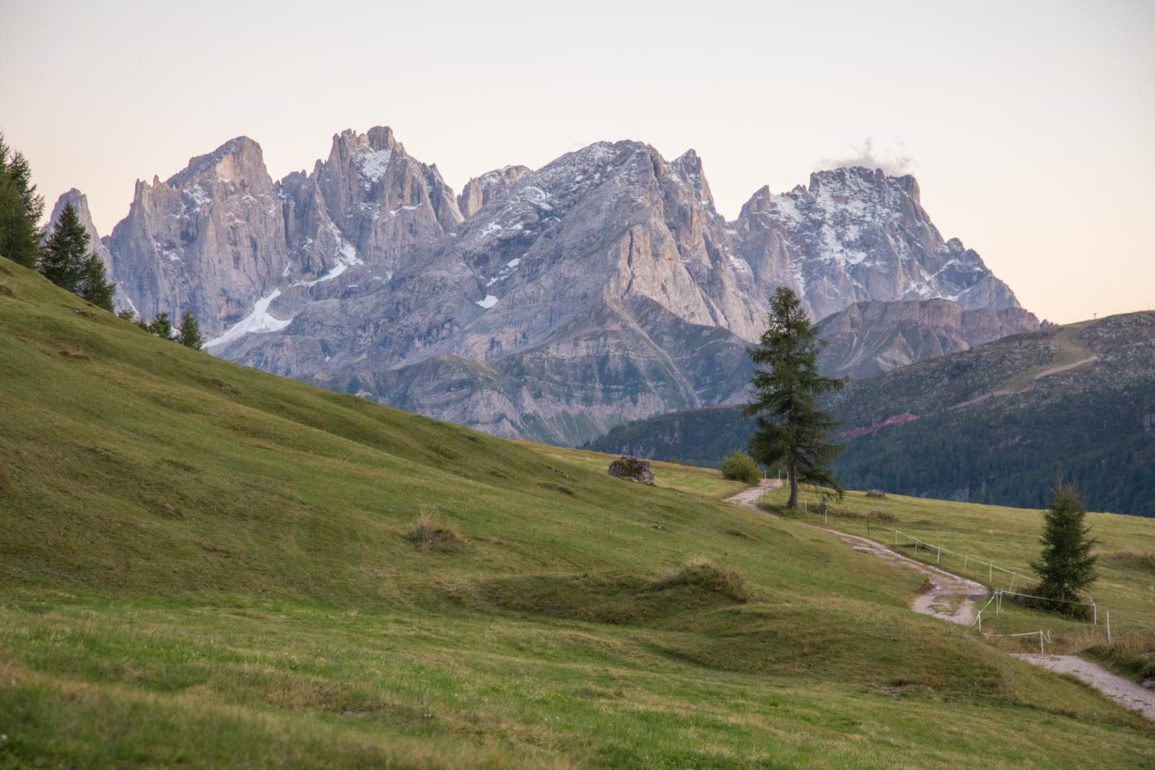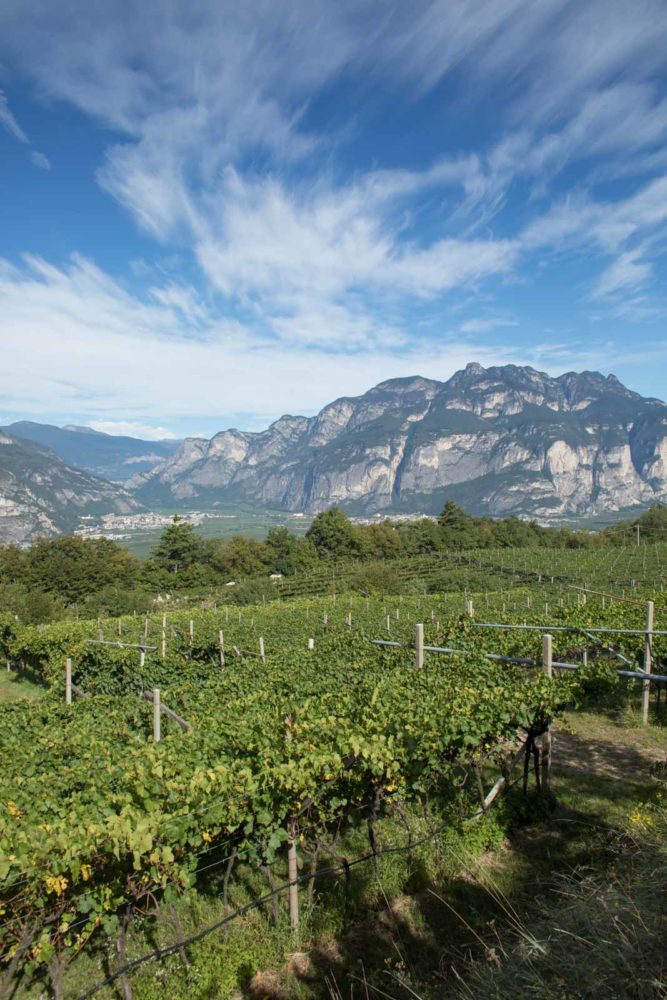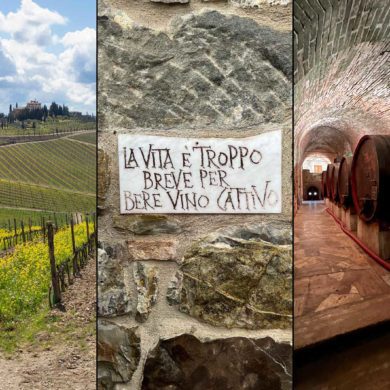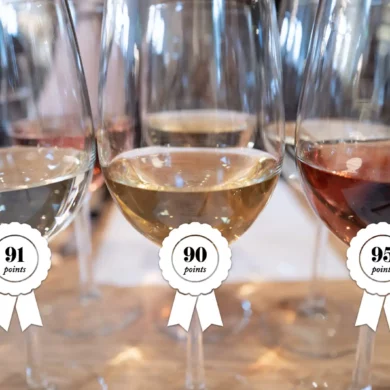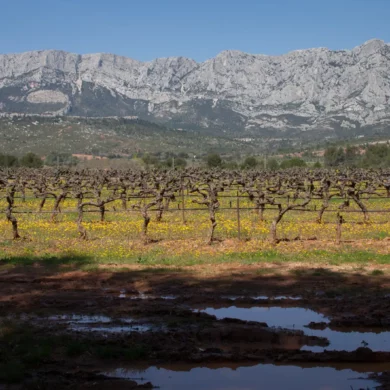On April 23, 2022, subscribers to Opening a Bottle will have access to our first Virtual Tasting Seminar of the season, focused on the wines of Trentino-Alto Adige, Italy. This is a reprise of a presentation we hosted in the late summer of 2021 shortly after our relaunch, which was lightly attended. We will be tasting different wines on our end, but encourage you to use the below study guide to select wines appropriate for your tastes.
Below you will find everything you need as a paying subscriber to access the event: a description of the class, the wines you will want to shop for to taste with us, and your Zoom credentials to access the event.
Navigate This Study Guide
Zoom Credentials
To join the virtual tasting, use the following log-in credentials to Zoom. We will begin at 8pm sharp on April 23, 2022. I am looking forward to it.
Topic: Taste & Tour: The Spectacular Vineyards of Trentino-Alto Adige
Time: Apr 23, 2022 08:00 PM Eastern Time (US and Canada)
Meeting ID: 811 1203 2919
Passcode: Dolomites
Taste & Tour: The Spectacular Vineyards of Trentino-Alto Adige Italy
Rising spectacularly over the green hillsides and forested mountains of Trentino-Alto Adige, the Dolomites may very well be the most Instagrammable mountains on earth. Below them, vineyards devoted to Chardonnay, Pinot Grigio, Pinot Bianco, Kerner, Sylvaner, Riesling, Pinot Noir — as well as local red varieties Lagrein, Schiava and Teroldego — create one of Europe’s most interesting wine regions.
In this virtual tasting and visual tour of Trentino-Alto Adige, Italy, wine writer, photographer and educator Kevin Day — the founder of Opening a Bottle — will lead guests on a journey through this alpine wonderland of wine. Guests and subscribers are responsible for purchasing their own wines if they want to participate in the tasting, but you can follow the Buyer’s Guide below to decipher which producers and wines are most worth seeking out. If you are in a pinch finding what you need, just contact us (minimum 5 days before the tasting) and we can try to help you find what you need in your area. Tasting with us is not required, and you are more than welcome to just taste one wine and enjoy the presentation. However, if you’d like to take part in the interactive, comparative tasting portion, plan on a budget of $65-$175 for the 3-4 wines.
We will start promptly at 8pm Eastern (USA time).
Wines We Will Be Tasting
During this virtual presentation, we will pause to taste three different wines. A fourth (or fifth) wine, from a specific producer, is optional. These wines will include:
- 1 Trentodoc Sparkling Wine
- 1 Alto Adige / Südtirol White Wine from either Pinot Grigio, Pinot Biano, Sauvignon Blanc, Chardonnay, Kerner, Riesling or a White Blend
- 1 Red Wine from either Schiava, Lagrein or Teroldego
- Optional: 1 wine from Foradori or Abbazia di Novacella – During the presentation, I will share my experience visiting these two special estates. Both wineries make white and red wines that would qualify for the second and third wine, so this doesn’t have to be extra. Also, if you cannot find a wine from them in time for this class, remember their name: they are worth seeking out, especially Foradori.
Trentodoc
Study Guide
This large and wide-ranging appellation is devoted entirely to traditional-method sparkling wine made from roughly the same grapes — and in the same method — as Champagne. The big difference? Because of their mountain terroir, they seem to have an added zip, and a reduced savory quality. The name stands for Trento DOC, as this wine is a denomination of controlled origin from around the city of Trento.
I anticipate that this wine will be among the most difficult for you to source. There are only about 9 million bottles made per year (compared to Champagne’s 300 million bottles). A majority of those 9 million bottles are created by the three largest Trentodoc producers: Altemasi, Letrari and Ferrari. Of them, Ferrari is the only one worth paying attention to. Altemasi is the sparkling wine brand of Cavit, an enormous cooperative that doesn’t make very good wine. Letrari is similar: from the large co-operative Rotari. These wines are OK for large parties where you might not be paying attention to the details, but for a tasting like this, they won’t tell you much.
So why are we bothering with Trentodoc? First off, because the viticultural area is spectacular and fascinating. And secondly, if you can find a bottle from a quality-minded producer (Ferrari included) the wine is a delight.
Shopping List
From my travels around Trentodoc in fall 2019 and subsequent tasting experience, these producers are worth looking for:
- Ferrari – Makers of one of the best bang-for-the-buck sparkling wines on earth: the $19 Ferrari Brut. They also
- Cesarini Sforza – A quality-minded co-operative sourcing from high-altitude mountain vineyards
- Endrizzi – The most lavish and textural Trentodoc. Very small production, and likely hard to find.
- Maso Martis – Family winery with elegant, detailed Trentodoc wines. Of the boutiques, they have the best reputation stateside.
My guess is that Ferrari will be the wine you find, and that’s totally OK. I want to start this presentation with a profile on this unique area and the city of Trento, as it is one of my favorite places to visit in northern Italy … and few people know about it!
If finding a Trentodoc sparkling wine is too difficult, double-up on two different wines from this next category.
Alto Adige’s White Wines
Study Guide
Alto Adige (also know by its Germanic name, Südtirol) refers to the upper reaches of the Trentino-Alto Adige region, and it is best known for the mighty Dolomite mountains, which are among Europe’s most jagged and beautiful.
In the lower reaches beneath these mountains lies a wine region of uncompromising quality. In fact, there are very few lousy wineries in Alto Adige.
A mixture of economic, political and cultural aspects account for Alto Adige’s fastidious wine industry. For one, Alto Adige is one of Italy’s wealthiest regions: being able to maintain a modern winery and adapt to climate change has been easier here than elsewhere because of their capital resources.
And this wealth is partly attributed to Alto Adige’s autonomy from the Italian government. Formerly a part of Austria, Alto Adige came under the Italian flag after World War I when the Austro-Hungarian Empire collapsed. At the close of World War II, autonomy was granted in an effort to pacify dissent across the region. German was recognized as one of two official languages, and this bilingual nature persists today. In fact, the people of Alto Adige tend to defer to German more often than not.
So, it’s safe to say the wine industry takes more cues from the north than the south: techniques are meticulous, vineyards are well kept, and the co-operatives (which make up a majority of the wineries) run with supreme efficiency. Furthermore, wines are varietally labeled under a large DOC that encompasses all of Alto Adige. A few valleys are allowed to be included on the label, but for the most part, you are shopping by grape in Alto Adige.
And what a selection of grapes to choose from! Chardonnay, Sauvignon Blanc, Pinot Bianco, Riesling, Grüner Veltliner, Kerner and Muller Thurgau are all frequently represented in the area’s diverse vineyards. Perhaps most noteworthy of all is Alto Adige’s Pinot Grigio. This is not the flimsy lemon water you might be used to (Trentino, to the south, is a repeat offender of this type of PG). No, no. Alto Adige’s Pinot Grigio can be sumptuous, rounded and full-bodied, and ever-so-detailed on the nose. Only four places in the world regularly make exceptional Pinot Gris/Pinot Grigio: Oregon, Alsace, Friuli and Alto Adige.
Lastly, Alto Adige makes a few exquisite white blends that are worth seeking out.
Shopping List
For this virtual tasting, I am requesting at least one Alto Adige white wine. Now, this can run a very wide gamut depending on which grape you get, and from which producer. Follow your instincts: if you like Sauvignon Blanc, purchase one. M0re of a Chardonnay fan? Go for it. I will say that of the grapes grown in Alto Adige, the ones that more frequently display terroir and winemaker intention best tend to be:
- Pinot Grigio
- Pinot Bianco
- Kerner (a specialty of the Valle Isarco)
- Riesling
- Grüner Veltliner
- White Blends
Producers to watch for include:
- Alois Lageder – This mostly biodynamic estate is one of the world’s leaders in sustainability, and their upper-echelon wines are fantastic. Look for their “Porer” Pinot Grigio or “Lowengang” Chardonnay if you can.
- Abbazia di Novacella – The second oldest winery in Italy, by one year (1182). I will be presenting a brief tour of this place during the tasting, so if you can find a bottle of their Kerner, Riesling, Grüner Veltliner or Pinot Grigio, go for it. This is among the prettiest wineries on earth.
- Pacher Hof – A very small family winery and inn that lies just above Abbazia di Novacella. I’ve listed them as an Essential Winemaker of Italy because their wines are even more expressive than the abbey.
- Pfitscher – Another “requires some searching” winery, mostly because they’re new to the U.S. market as of last year. Better known for their Pinot Noir (see below) they make really good white wines as well.
- Cantina Terlano–Kellerei Terlan – I have mixed feelings on this winery. Their wines, particularly “Nova Domus” and “Vorberg,” are among the most age-worthy and spectacular white wines in Northern Italy. The problem is the weight of their bottles, which are excessively heavy. Drinking their wine comes with a fair dose of eco-guilt. But they really are world class.
- Elena Walch – Along with Alois Lageder, they appear to be the best represented nationwide among Alto Adige producers. Steady, high quality wines.
- Cantina Kurtatsch – High quality co-operative making brilliant wines.
- Tiefenbrunner – Fifth generation family winery, perhaps best known for their “Feldmarschall von Fenner” Müller-Thurgau.
Trentino-Alto Adige’s Red Wines
Study Guide
Last but not least, we arrive at what may be the most exciting scene in Trentino-Alto Adige wine: the reds.
Throughout much of its modern history, Alto Adige’s winemakers have focused on white wines, and for good reason. The area’s continental climate with alpine influences at night (particularly at higher elevations) led to crisp and refreshing white wines. Red wine grapes were mostly confined to the area around Bolzano which — oddly enough — is one of the hottest places in Italy in summer. To the south, in Trentino, white wine and sparkling wine dominated, but a single family winery was the flame lit for Teroldego, a local variety similar to Syrah. (More on Foradori in a moment).
But times are changing. Suddenly Pinot Noir is taking on more importance. Schiava, long relegated to bulk wines shipping to northern markets, is getting a second look. Even Cabernet Sauvignon is on the table. One of the most progressive wineries in the region is Alois Lageder, and they’ve already planted Tannat in anticipation of Alto Adige’s warmer future.
This all leads to a strange paradox: these developments are at once exciting for wine lovers, but also depressing. Climate change is requiring adaptations at a rapid rate, and the wines we were once celebrating as quintessentially Tirolean — those crisp, alpine whites — are suddenly at risk.
But the new rise of red wines has its advantages, particularly in the embrace of Schiava. This grapes yields wines light in body, redolent of currants and violets, with an agile acidity that makes them highly versatile with food pairings. Since low alcohol, light-bodied wines are now in fashion, winemakers are embracing this grape with gusto, as are sommeliers.
It’s more serious roommate in and around Bolzano — Lagrein — tends to be richer, but shorter lived. It’s best to avoid Lagrein three years past its vintage, if you ask me. But these wines have their own delights if you prefer a fuller-style red wine.
There is also a blend of the two grapes called Santa Maddalena / St. Magdalener which can be quite pleasant.
Shopping List
For this wine tasting, I am again suggesting an open-ended “get what you can” approach. As long as it’s a red wine from Alto Adige, you should be set to go: Schiava and Lagrein are the most localized and unique; The one addition is if you’d like to purchase a Teroldego wine from Trentino, particularly any from the estate Foradori. Top producers to look for:
- Foradori – Now in the hands of Elisabetta’s son, Emilio, Foradori continues to make the best red wines in the region. The “Granato” comes from very old, pergola-trained vines that serve as the parents for the rest of their vineyard holdings via a process called massal selection. The estate is biodynamic and even grows other crops between the vine rows to promote biodiversity. Emilio has also taken to making a short-maceration Teroldego called “Lezer” which is refreshing and light.
- Abbazia di Novacella
- Alois Lageder
- Elena Walch
- Cantina Bolzano / Kellerei Bozen – The city’s co-operative winery makes good renditions of the local red wines.
- Muri-Greis – Another monastery, this time located in Bolzano, which makes the best version of Lagrein, bar none.
- Pfitscher – Excellent, high-altitude, mountain Pinot Nero (aka Pinot Noir).
- Cantina Girlan – Also noteworthy Pinot Noir.

